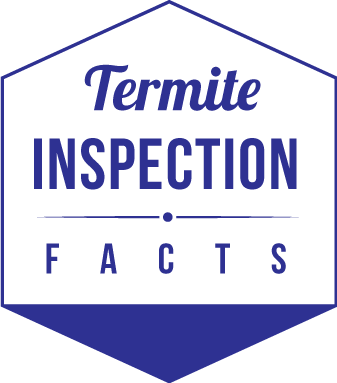Termite Inspections

Test For Termites With A Reliable Home Inspection In Kansas City!
According to estimates by the National Pest Management Association and National Insurance Companies. Termites can cause as much as $5 to $20 billion in damages to homes and buildings in the US each year. Get a reliable home inspection, and learn the truth about your home today!
One of the problems with termites is that their activity and damages can be nearly invisible to most homeowners. People are generally only notified of a termite infestation after repairs or renovations are started or due to witnessing a Swarm. Termite colonies are decentralized (unlike bee hives) and can contain as many as a few hundred to millions of termites each. A single termite is able to ingest as much as 5 grams of wood based materials in a single day.

Note: The FAQ section above is based on real life experience and research in the Kansas City Metro area only. The observations provided here in are general and include opinion in their scope and should not be relied on as scientific fact.
